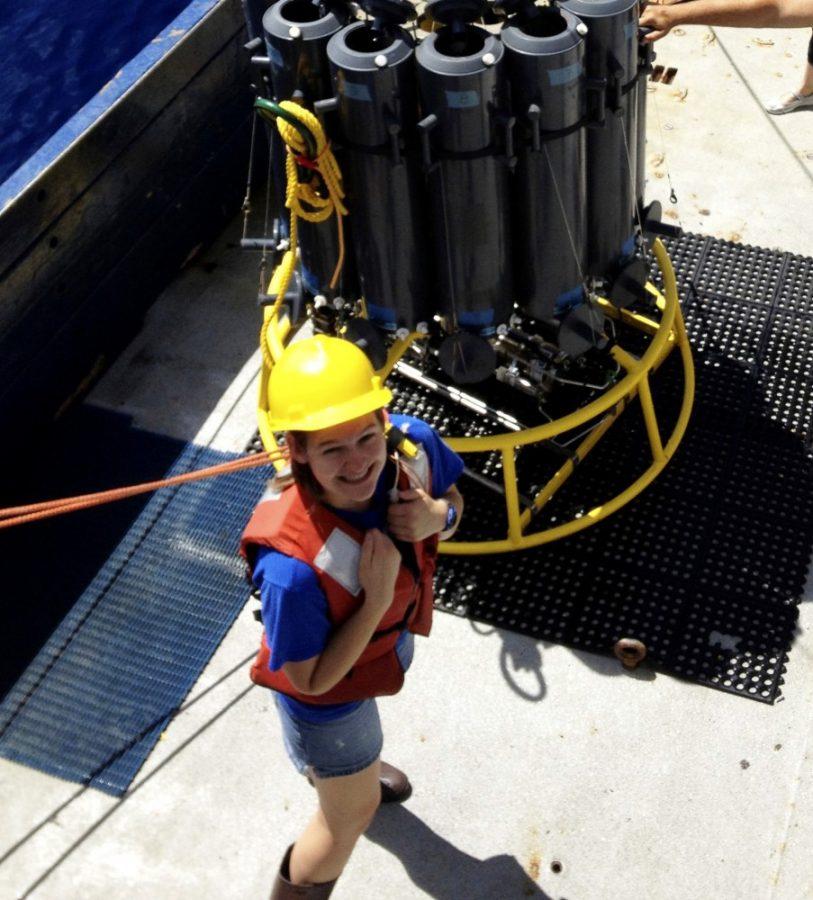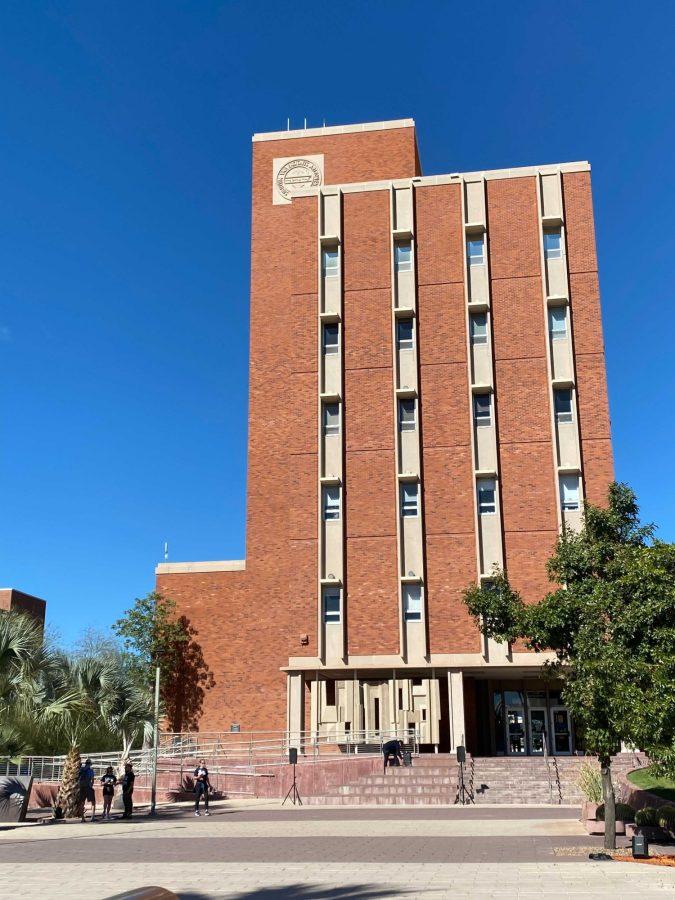Arizona may not have a coastline, but that doesn’t stop UA students from participating in oceanic research, studying viruses that grow in low-oxygen zones of the ocean.
Researchers in the Department of Ecology and Evolutionary Biology are studying and analyzing samples of ocean microbes to see how viruses and bacteria interact in expanding low-oxygen zones.
These are not like viruses that give humans the flu, but viruses that infect oceanic microbes, which account for more than 50 percent of the photosynthesis on earth.
The microbes in these low-oxygen zones also produce greenhouse gases that are much more dangerous than the more common carbon dioxide, said Matthew Sullivan, assistant professor of ecology and evolutionary biology.
“These zones are growing bigger,” Sullivan said, “and that means there will be more greenhouse gases being produced by these microbes.”
Expanding low-oxygen zones in the ocean can also lead to larger animals dying, Sullivan added.
Sarah Schwenck, a senior studying biology and math, was one of the students who participated in the research cruise this summer.
The cruise left from San Diego and traveled to Mexico, where it spent two weeks off of the coast collecting samples for various types of research.
Schwenck said her research focused on how viruses changed in different zones of the ocean, testing both oxygen-rich and oxygen-poor areas.
There were about 20 scientists participating in the cruise besides Schwenck, all working in different areas of oceanic study. Schwenck was the only undergraduate on the research cruise, and said the experience was scientifically beneficial.
“I was practically living in a lab,” Schwenck said. “I could talk to [the other scientists] about their work and just get an idea of what was going on. They’re all interconnected.”
The big picture of this research is to learn precisely how these low-oxygen zones function, said Jennifer Brum, postdoctorate in ecology and evolutionary biology.
“We think the [global] warming is causing increased areas of these low-oxygen environments,” Brum said. “And that, in turn, is producing more gases that will increase the Earth’s temperature.”
The research is being funded both by private foundations and by grants from government organizations.
Schwenck said one of her most memorable experiences was watching the sun come up on the horizon in the morning.
“The ship is your only source of light, so at nighttime or when it’s dark, you can literally only see 100 meters or less away,” Schwenck said. “You’re in this bubble of darkness. But as soon as the sun rises, you can start seeing the light, and then you can see the horizon and all of a sudden your world just opens up.”
Schwenck said she also loved seeing the aquatic life off the sides of the ship, once yelling after seeing a sea turtle in the early morning.
“The scientific part of me adored it for just getting to talk to all the people,” Schwenck said. “And the little kid in me adored it because we got to see all these cool animals.”
– Follow Jazmine Foster-Hall @Jazz_Foster









